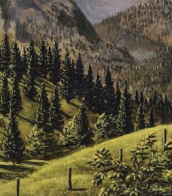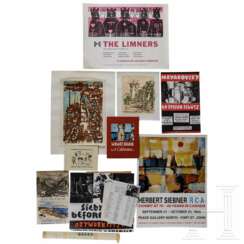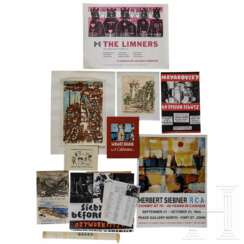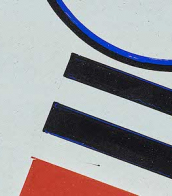stefan kürten (1963)
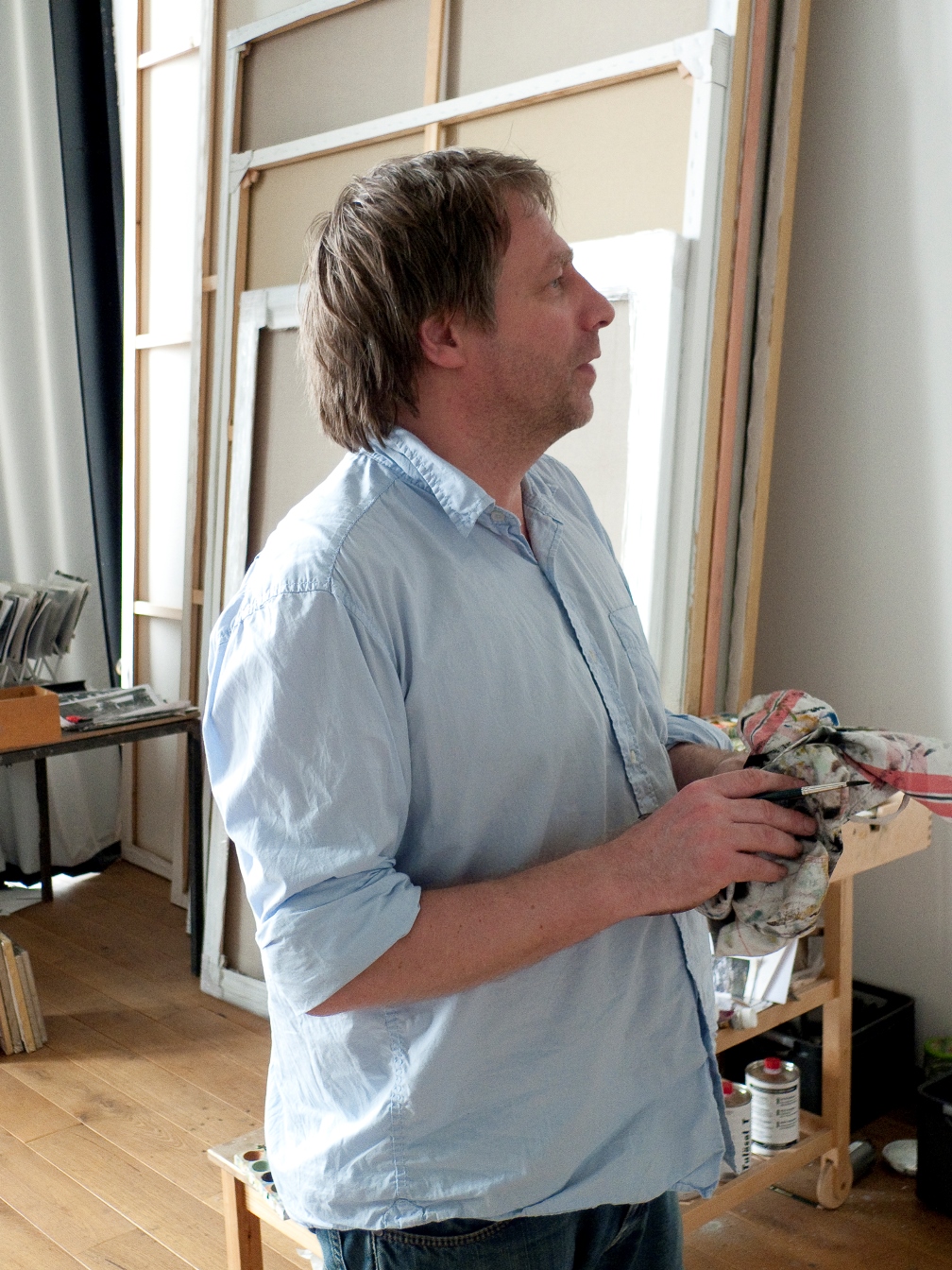
Stefan Kürten is a German artist and musician who lives and works in Düsseldorf.
Kürten's paintings depict the environment we create in our persistent attempts to make life perfect. Chic mid-century homes, picturesque bungalows, meticulously manicured landscapes and resort architecture testify to the dazzling promise of economic prosperity in the West after World War II. They are bright, clean, thoughtfully designed, safe and happy places. But there is no room for man, and gradually nature takes over.

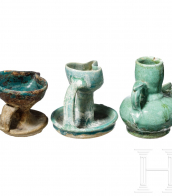
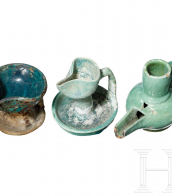

Heinrich Steinhagen, full name Heinrich August Friedrich Johannes Steinhagen, was a German painter, graphic artist and sculptor.
Heinrich began as a self-taught painter with paintings and miniatures in Impressionist and Expressionist styles. He also worked with elements of Cubism and Dadaism and eventually arrived at simplistic monumentality. Steinhagen was a co-founder of the Hamburg Secession and a member of the Hamburg Artists' Association. In 1937, Steinhagen, like many other artists, was persecuted during the Nazi campaign and spent several months in a concentration camp in 1944. This undermined his health and in 1948 he died of lung cancer.
Heinrich Steinhagen's creative legacy amounted to about a thousand works: oil paintings, pen and ink drawings, etchings, watercolors, woodcuts and sculptures in glazed clay, stone and wood.
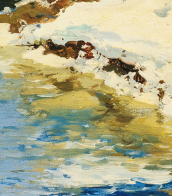

Marc Chagall (Russian: Марк Заха́рович Шага́л), born Moishe Shagal in 1887 near Vitebsk, Belarus (then part of the Russian Empire), was a Belarusian and French artist celebrated for his pivotal role in the avant-garde movement and his unique integration of Eastern European Jewish culture into modern art. His contributions spanned several artistic formats including painting, stained glass, stage sets, ceramics, tapestries, and fine art prints. Chagall's early modernist tendencies were enriched by his experiences across Saint Petersburg, Paris, and Berlin before World War I, leading to a distinctive style that melded Cubism, Symbolism, and Fauvism with his Jewish heritage.
Chagall's work is recognized for its emotional depth, often exploring themes of love, memory, and Jewish folklore through vibrant colors and dreamlike imagery. Notably, art critic Robert Hughes described him as "the quintessential Jewish artist of the twentieth century," a sentiment echoed by art historian Michael J. Lewis who regarded Chagall as a significant figure within European modernism and as the world's preeminent Jewish artist of his time.
Among Chagall's famed contributions are his stained-glass windows for the cathedrals of Reims and Metz, the UN, and the Jerusalem Windows in Israel. His monumental paintings include parts of the ceiling of the Paris Opéra and works that explore biblical themes, a hallmark of his oeuvre that underscores his enduring engagement with spiritual and religious motifs.
For art collectors and antiques experts, Chagall's works are notable not only for their artistic innovation but also for their rich cultural and historical significance. His art is housed in many prestigious museums worldwide, including the Marc Chagall National Museum in Nice, France, which focuses on his works inspired by religion and houses the series of paintings illustrating the biblical message.
For those interested in exploring Chagall's legacy and the vibrant intersection of culture, art, and history his work represents, signing up for updates on new product sales and auction events related to Marc Chagall can provide invaluable insights and opportunities. This is an invitation to engage more deeply with the world of art and culture that Chagall so uniquely encapsulated in his work.
